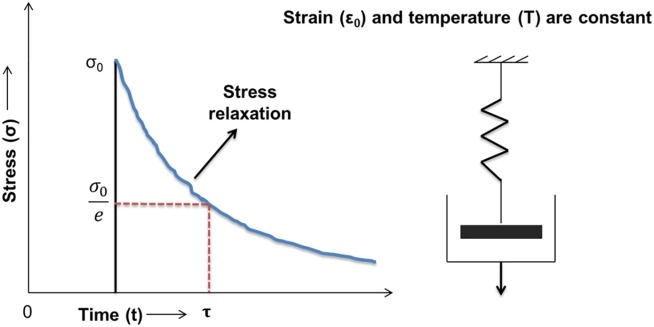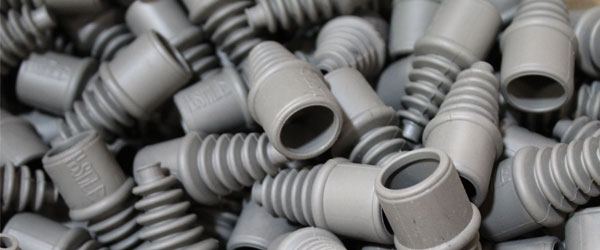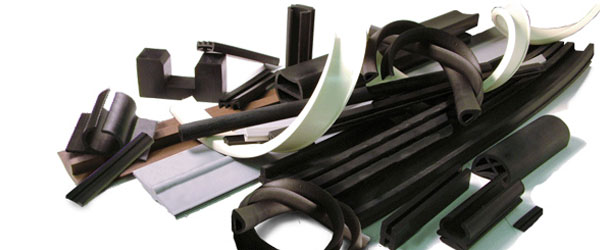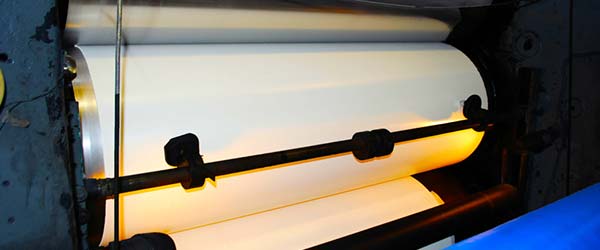Stress relaxation is a phenomenon that occurs in rubber materials when they are subjected to a constant deformation or strain over time. When a rubber material is stretched or compressed and held in a deformed state for a period of time, its stress level will decrease over time while the deformation remains constant. This process is called stress relaxation and is a result of the molecular rearrangement of the polymer chains that make up the rubber material.
The stress relaxation behavior of rubber is an important property that can affect its performance in various applications. For example, in automotive tires, stress relaxation can result in a decrease in tire pressure over time, leading to a decrease in vehicle handling and fuel efficiency. In medical devices, stress relaxation can lead to a loss of functionality and durability over time.
The stress relaxation behavior of rubber can be influenced by several factors, including:
- Temperature: The temperature at which the rubber material is deformed can affect its stress relaxation behavior. Generally, rubber materials exhibit higher stress relaxation at higher temperatures, as the polymer chains become more mobile and can rearrange more easily.
- Deformation level: The level of deformation or strain applied to the rubber material can affect its stress relaxation behavior. Higher levels of deformation can result in more stress relaxation.
- Time: The duration of the deformation or strain applied to the rubber material can affect its stress relaxation behavior. Longer deformation times can result in more stress relaxation.
- Chemical environment: The chemical environment in which the rubber material is exposed can affect its stress relaxation behavior. Exposure to certain chemicals or solvents can cause the polymer chains to break or rearrange more easily, resulting in higher stress relaxation.
Understanding and controlling the stress relaxation behavior of rubber materials is important in various applications, particularly in those where they are subjected to constant deformation or strain over time. By optimizing the molecular structure and crosslinking density of rubber materials, as well as controlling the environmental factors to which they are exposed, it is possible to improve their stress relaxation behavior and ensure their reliable and long-lasting performance.
 (909) 987-1774
(909) 987-1774 Email Us
Email Us








